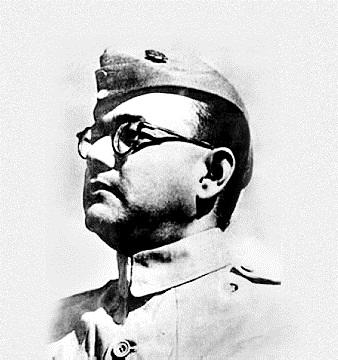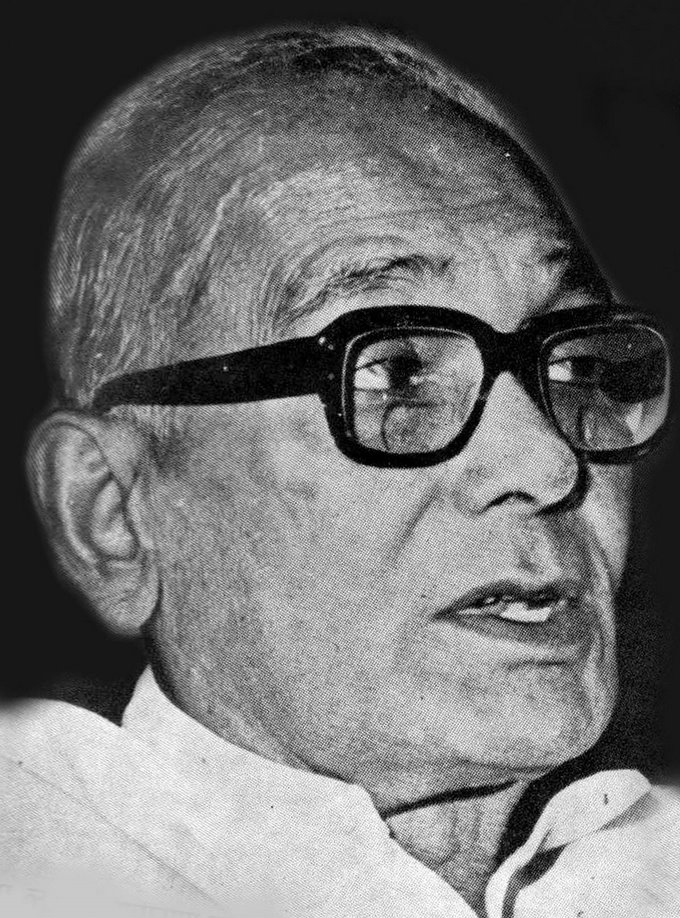In India, the Planning Commission has established itself as a vital part of the development administration and process. Every activity in the country today revolves around this group. The work cannot continue until the Commission makes money available for a project.
India has been experimenting with the concept of a planned economy for quite some time. It was recognized as early as 1876, when Dadabhai Naoroji authored his ‘Poverty of India,’ that India’s poverty could only be removed if concerted efforts were made. First and foremost, the concept of a planned economy emerged in the 1930s, when our national leaders were influenced by socialist theory. The tremendous progress made by the USSR through five-year plans impacted India’s five-year plans greatly.
Sir M. Visvesvaraya wrote “Planned Economy in India” in 1934, in which he proposed a positive plan for India’s growth over the next ten years. His main goal was to devise a strategy for shifting labor from farm to industry and doubling national GDP in ten years. He unveiled his ten-year plan, with the goal of increasing the country’s income. Under the presidency of Late Pt. Jawahar Lal Nehru, the Indian National Congress established a National Planning Committee in 1938.
This was the first substantial scholarly work in the field of planning. Between the 1931 Karachi session of the Indian National Congress and the 1936 Faizpur session of the India National Congress, the economic viewpoint of India’s freedom movement was developed.
National Planning Committee for Managing Indian Economy
In 1938, the first attempt to construct a national plan for India’s economy was made. In that year, Congress President Subhash Chandra Bose established a National Planning Committee, which was chaired by Jawaharlal Nehru. However, the committee’s reports were unable to be compiled, and some articles were only published for the first time in 1948-49.

However, because of the start of World War II, the Committee’s work was impeded. The then-Government of India recognized the need for a planning organization in India and established a Committee for Planning in 1941. This Committee was succeeded in 1943 by the Executive Council’s Reconstruction Committee, which was chaired by the Governor-General himself.
A year later, in 1944, the Government of India established a separate Planning and Development Department under the leadership of Ardeshir Dalal. However, in 1946, this section was disbanded. Mr. JRD Tata, GD Birla, Purshottamdas Thakurdas, Lala Shriram, KasturbhaiLalbhai, AD Shroff, Ardeshir Dalal, and John Mathai, working together, prepared “A Brief Memorandum Outlining a Plan of Economic Development for India” at the same time.
The Bombay Plan is the name for this strategy. His proposal called for doubling per capita income in 15 years and tripling national income in the same time frame. Despite the fact that Nehru did not officially adopt the plan, many of its principles were incorporated into later designs.
Gandhian Plan
Sriman Nayaran, the principal of Wardha Commercial College, devised this design in 1944. It prioritized economic decentralization with a focus on rural development through the development of cottage enterprises.
The interim Government of India established an Advisory Planning Board in 1946, with K.C. Neogi as its Chairman. Its purpose was to offer recommendations on planning coordination and improvement, as well as set objectives and priorities for future planning machinery. It was proposed that a single, compact, authoritative institution be established to deal with the entire field of development and be directly accountable to the cabinet.
It was also suggested that the body’s name be changed to Planning Commission. Members of the Commission should have broad public-policy expertise on the one hand, and come from industry, science, and technology on the other, with no Minister among them.
People’s Plan
MN Roy authored the People’s Plan. This strategy covered a ten-year span and gave agriculture top attention. The fundamental feature of this plan was the nationalization of all agriculture and production. M N Roy, on behalf of the Indian federation of Lahore, created this proposal based on Marxist socialism.
The government established the National Planning Committee in 1948. The Planning Commission was established by a resolution of the Government of India on March 15, 1950, and began functioning on March 28, 1950.
Sarvodaya Plan
Jaiprakash Narayan designed the Sarvodaya Plan in 1950. The Gandhian Scheme and Vinoba Bhave’s Sarvodaya Idea were both inspirations for this plan. Agriculture and small and cottage enterprises were highlighted in this plan. It also emphasized land reforms and decentralized participatory planning, as well as freedom from foreign technology.

The All India Congress Committee founded the Economic Programme Committee (EPC) shortly after independence in 1947, with Nehru as its head. This committee was charged with devising a strategy for balancing corporate and governmental partnerships, as well as urban and rural economies. This group advocated the formation of a planning commission in 1948.
The Planning Commission was established as an advisory and specialized institution by a resolution of the Government of India in March 1950, in order to promote a rapid rise in the people’s standard of living by efficient exploitation of the country’s resources, increasing production, and offering opportunities to all for employment in the service of the community.
The Planning Commission was an extra-constitutional body tasked with assessing all of the country’s resources, supplementing lacking resources, devising plans for the most efficient and balanced use of resources, and establishing priorities. The first Chairman of the Planning Commission was Jawaharlal Nehru.

